The accurate three-dimensional perspective on building projects offered by 3D BIM visualization and animation to architects, design engineers, man ufacturers and owners brings in greater project clarity. This enhances operational efficiencies due to lesser clashes in construction.
info@truecadd.com
The Importance of 3D Animation & 3D Visualization in Construction
Visualizing, simulating and rendering graphic designs by creating an excellent illustration of any item or shape gives 3D BIM a winning edge over 2D. Stakeholders can experience what the structure will actually look like way before the actual construction. 3D BIM is a powerful marketing tool that not just generates pre-construction images using software, but also allows early detection and resolution of clashes. It further ensures minimal information loss and maximum collaboration between disciplines.
BIM 360®, a value add-on to the 3D BIM portfolio, is a collaborative tool operating via cloud and connects multiple stakeholders across locations and time zones in real-time, from the initial design through the final construction. It provides enhanced data transparency, supports informed decision-making and leads to more predictable and profitable outcomes.
Challenges faced by architects and design engineers with legacy methods
The absence of 3D BIM in animation and visualization, can impact architects, design engineers, manufacturers, and owners. It creates problems in communication, collaboration, clash detection, decision-making, and client engagement.
Here are the top 6 challenges faced by professionals when 3D BIM animation and visualization are not utilized:
- Inaccurate design measurements: Traditional 2D drawings and static 3D models do not convey design intricacies effectively. The lack of visual representation can make it challenging for architects and design engineers to fully understand the spatial relationships, design intent, and functional aspects of the project. Misinterpretations may lead to design measurement errors and rework during construction.
- Reduced coordination and collaboration: Lack of 3D BIM visualization and animation reduces coordination between different stakeholders, such as architects, engineers, and manufacturers. This could lead to miscommunication and inconsistencies in design, causing delays and cost overruns.
- Limited clash detection and conflict resolution: Without 3D BIM animation in the preconstruction stage, teams are unable to detect and resolve clashes resulting in on-site conflicts during construction, delays and additional expenses.
- Inefficient decision-making: 3D BIM visualization enables stakeholders to explore design alternatives and simulate real-world scenarios. When this tool is not available, making informed decisions about the design, materials, and construction methods becomes more challenging. As a consequence, decision-making may be slower, and suboptimal choices might be made, impacting the overall project performance.
- Absence of client engagement and visualization: For project owners, understanding the design and visualizing the final outcome is crucial to make informed decisions. The absence of 3D BIM animation and visualization makes it becomes difficult to engage clients to make the project visually compelling. This may lead to potential misunderstanding about the project’s scope and quality.
- Lower efficiency and greater project costs: Inability to utilize 3D animation and visualization within construction leads lower efficiency and higher costs based on poor design clarity, absence of communication, delayed error identification and resolution, lower constructability, material waste, etc.
Benefits of 3D Animation and 3D Visualization
3D BIM shows a rich three-dimensional world, eliminating the boundaries between reality and imagination. It ensures that all project errors and clashes are identified and remedied in advance with suitable alternatives.
1Realistic Visualization
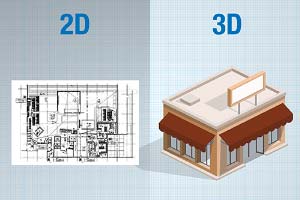 2D image vs. 3D image
2D image vs. 3D image
A major challenge faced by the construction business is keeping all stakeholders on the same page by depicting a mental picture of what kind of a structure is to be created. By turning 2D drawings into reality, 3D animation and visualization enables clients to get a three dimensional view with real effects which the 2D effect failed to offer.
Realistic 3D visualizations, 3D rendering and animation help design a comprehensive recreation of the building or structure in a manner as it would appear in real-time. Clients can experience and take a virtual tour of the structure before its actual construction while architects and developers can get a better understanding of every floor, critical areas, landscape, textures, elevations etc.
A US based Environmental consultancy firm approached TrueCADD to develop a 3D architectural model and 3D rendering of a wall with detailed information from a hand sketch. TrueCADD created a 3D architectural model where the client could get a 360 degree visual of the entire structure before it was actually constructed.
2Reduced Clashes, Easy Re-modeling and Corrections
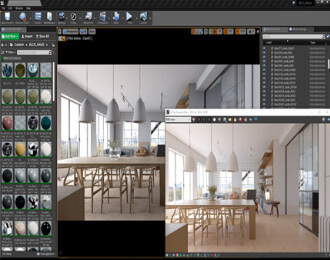 Modifying light in an area as per client specifications before buying the actual material.
Modifying light in an area as per client specifications before buying the actual material.
3D visualizations enable easy identification of loopholes and errors in design from the initial phase of design, which are fixed immediately or a suitable alternative is provided. Further, modifying errors in the 3D model is easier before finalizing the design, ensuring minimal costly post-construction changes.
The smallest of details like adding landscaping or choosing the color and texture of the floor, modifying lighting in a specified room or making furniture and décor choices before buying the actual material allows the client to explore all options.
3Accurate Measurements
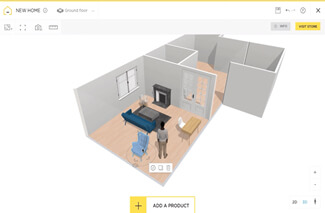 Three-dimensional view with accurate measurements.
Three-dimensional view with accurate measurements.
Precise input of dimensions make designs vivid and accurate, saving time, which was earlier utilized to draw accurate lines. Views from various angles can be experienced even before laying a single brick of the foundation with the new 3D interior visualization tools.
Customers can view and modify arrangement of objects based on their size, available space etc. A 3D design layout clearly depicts the physical measurements of the items and their distance in relation with other items.
4Saves Cost and Improves Equipped Efficiency
3D visualization technology identifies errors and loopholes in design during the initial process of design. A lesser amount of money is spent in fixing errors, thereby saving costs. In addition, it accelerates operational efficiency as developers, contractors, investors etc. have better coordination as they are on the same page having viewed a 3D image of the project.
5Powerful Marketing / Interactive Tool
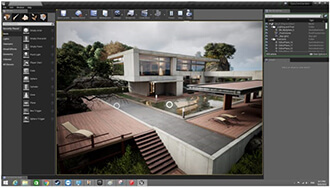 3D BIM allows client to check if a plan is viable.
3D BIM allows client to check if a plan is viable.
Compared to 2D drawings, viewing 3D models is more interactive, fascinating and satisfying to potential clients. Chances of winning over customers increase as visuals and graphics in a 3D model create deeper impact on the client’s mind. In addition to being a powerful marketing tool, it is easier to check whether a new plan is viable or how small design changes would
6Easier Government Approvals
Often the local management may reject structures due to the ‘uncertainty’ element in the appearance of buildings and developments. 3D animation and visualization provides an accurate and realistic model, reducing the uncertainty and increases the chances of getting government approval.
7Minimal Information Loss and Maximum Coordination
3D designs are practically instruction-less minus any language barriers, as compared to 2D designs, which need clear and precise instructions on how to obtain design information. There is minimal information loss in 3D models and the visuals and graphics provide clarity to all stakeholders involved in the construction process. This increases the coordination and collaboration between the various disciplines involved in the construction process.
3D BIM Coordinated Architectural Model (with shadow diagram)
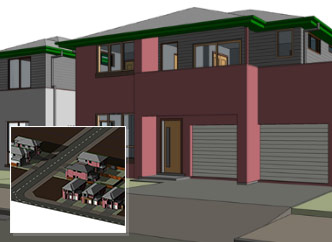
A leading architectural firm, specializing in planning & designing of iconic projects across Australia was challenged with creating a detailed coordinated Revit architectural residential model, with wall finishes, door and window families, kitchen equipment and bathroom fittings as per client company specifications. The client needed a shadow diagram as per his project location and sun path, three times of the day.
TrueCADD used Revit® to create a shadow diagram, with inter disciplinary clash detection. They raised RFIs as needed. The final deliverables also included a detailed documentation of the model, with full sheet setup which helped the client save on cost and resources.
Best Practices for 3D BIM Animation and Visualization
Achieving effective 3D BIM (Building Information Modeling) animation and visualization requires a combination of technical expertise, creativity, and attention to detail.
Provided below are best practices to create compelling and accurate 3D BIM animations and visualizations:
- Begin with a solid 3D BIM model: Make sure your BIM model is accurate, structured and complete before creating animations or visualizations. The 3D model quality creates a direct impact the final output.
- Select the right software: Select a 3D modeling and animation software that is compatible with BIM data creates high-quality visuals. Popular software options include Autodesk Revit, SketchUp, Rhino, and Navisworks.
- Understand the intent and audience: Before you begin, define the intent and target audience for your 3D animation or visualization. Understanding the intent and the audience’s needs will fuel greater creative decisions.
- Keep it simple and clear: Avoid the use of unnecessary elements and keep the focus on the key aspects to highlight, whether it’s the design or functional aspects of the building.
- Add the right lighting and textures: Realistic lighting and textures enhance visualization quality. Utilize high-quality materials and understand how lighting interacts with building component surfaces.
- Utilize accurate and effective camera angles: Select camera angles that showcase building design and features. Experimenting with various perspectives leads to creating engaging viewpoints.
- Have a purpose to animate: Create animated sequences that serve a purpose in conveying the story. Smooth and purposeful animations greatly enhance the viewer’s understanding of the building’s design and functionality.
- Incorporate real-world context: Place your project in a real-world context that includes surrounding buildings, landscaping, and other environmental factors to achieve a sense of accurate scale and location.
- Produce iterations and garner feedback: Iterate and refine 3D animations and visualization through feedback from potential end-users to identify improvement areas.
- Performance optimization: Optimize the file size and resolution to ensure smooth playback and fast loading times for immersive presentations.
- Utilize virtual reality (VR) tools: To provide a 3D experience for clients, convert your 3D BIM model into a virtual reality environment to explore the building from an immersive 360 perspective.
- Stay updated with BIM and visualization tools: Staying updated with the latest tools and advancements ensures work relevance and a competitive edge.
Popular 3D Animation and Visualization Tools
There are various tools used for a clash-free, enhanced 3D model of BIM. Each one has its own pros and cons.
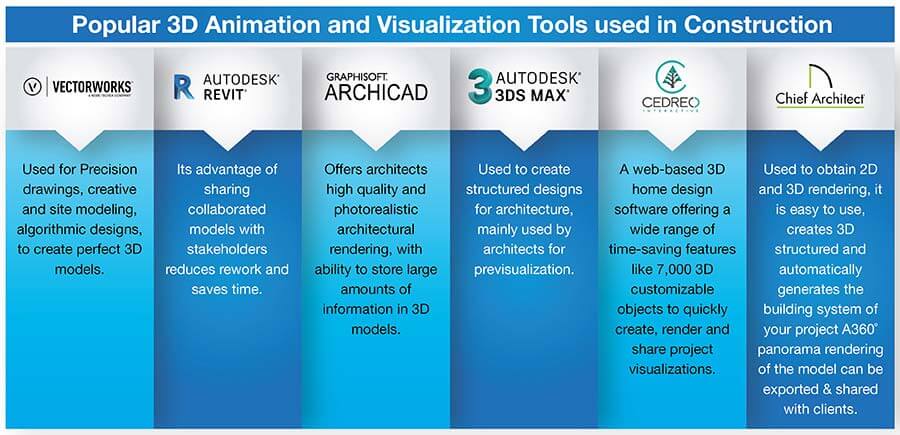
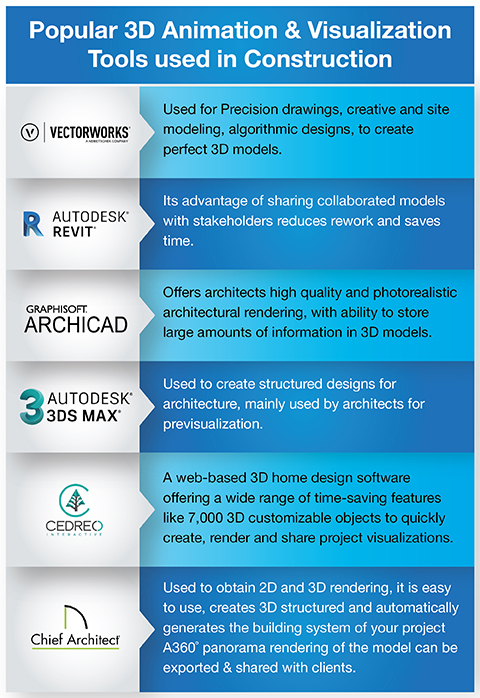
The Future of 3D BIM Visualization and Animation using AI tools.
In a rapidly evolving construction sector, the future of 3D BIM visualization and animation is set to evolve through AI tools. 3D visualization when integrated with VR (Virtual Reality) and AR (Augmented Reality) will allow design projects to be experienced in real time. It will take the process of creating architectural designs and projects to a completely new level of quality and speed.
With the help of Smart glasses or a headset, all angles of the structure, building or product will be easily viewed, sensed, enjoyed and altered as per specifications in a VR environment. Customer satisfaction will be enhanced with three Dimensional images and visualizations, which may enhance the possibilities of increased sales. The seamless integration of AI and 3D BIM will unleash greater levels of innovation, productivity, and sustainability across the design and construction landscape.
Furthermore, AI-powered 3D BIM visualization and animation will not only optimize the construction phase but also extend its capabilities for the entire lifecycle of a building. With perpetual data collection and analysis, AI algorithms will facilitate predictive maintenance, enabling proactive identification of structural issues and reducing costly repairs.
Collaborative AI tools will connect architects, engineers, contractors, and other stakeholders in real-time, enhancing communication and reducing potential delays.
As AI systems continue to learn from past projects, they will offer invaluable insights and churn out best practices, for continuous improvement and innovation within the construction industry.
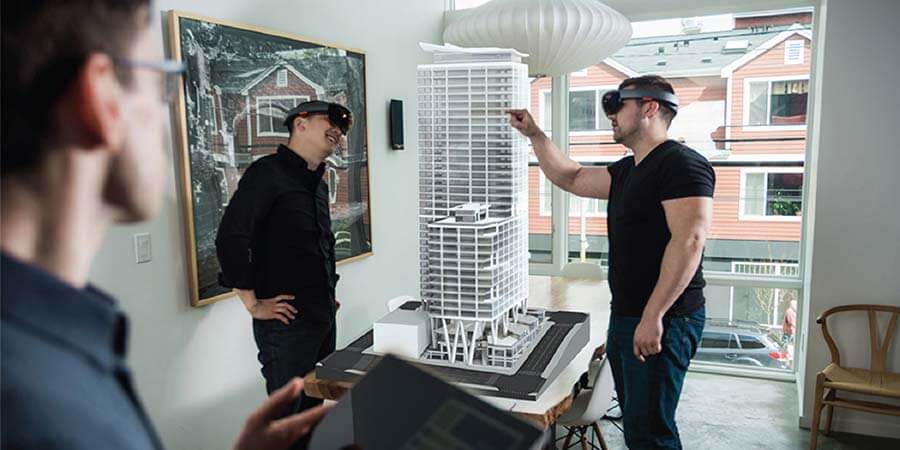 Developers can quicken the designing process by using high-tech CGI tools like Insite.
Developers can quicken the designing process by using high-tech CGI tools like Insite.
Conclusion
Keeping 3D BIM as the base, it has become imperative for designers, contractors and investors to adopt new and upcoming tools and provide services that ensure growth, profit and customer retention. In the construction industry, businesses dealing with animation and visualization frequently boost up their functioning by being more exclusive and innovate through services like animation, 3D walk-through, architectural visualization, three dimensional design of interior and exterior parts of structures and buildings etc.
A designer, contractor or investor can easily sell their designs or property, if they empower their customers with the ability to walk through projects via VR interaction, where customers can feel space, volume and design even before the project is ready. The customer connect is thereby enhanced.
One thought on "The Importance of 3D Animation & 3D Visualization in Construction"
Leave a Reply
Need help on an ongoing basis?
We establish long term business relationships with clients and are committed to total customer satisfaction.
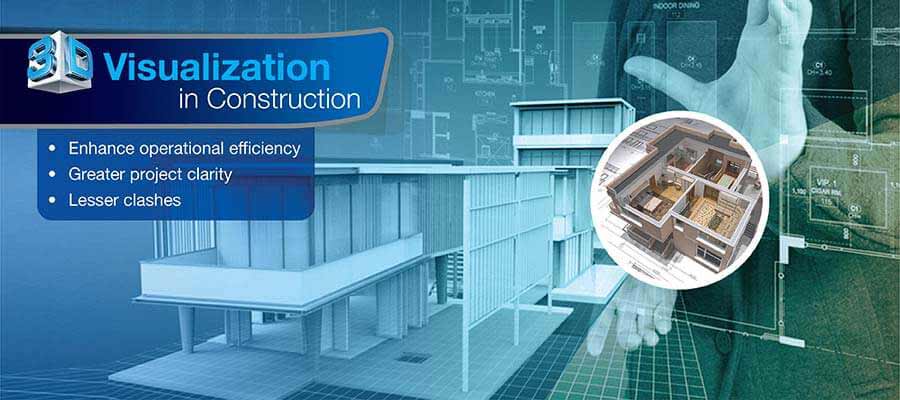
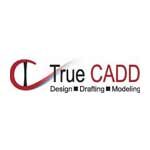
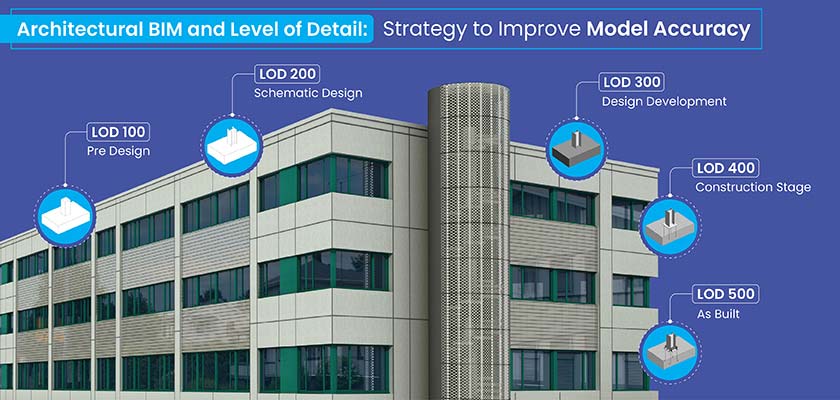
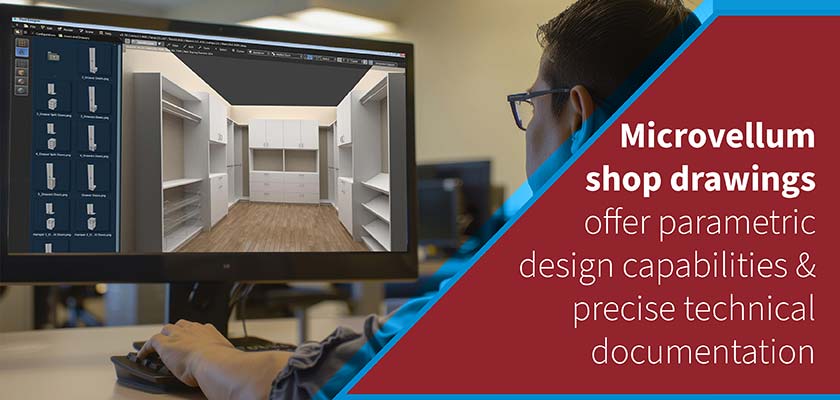
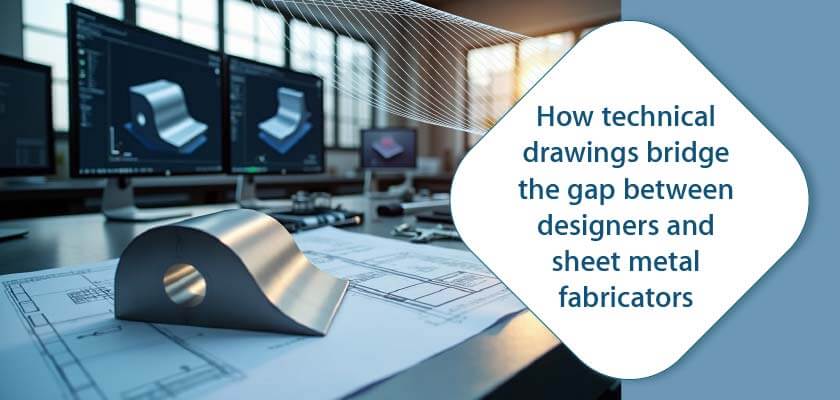
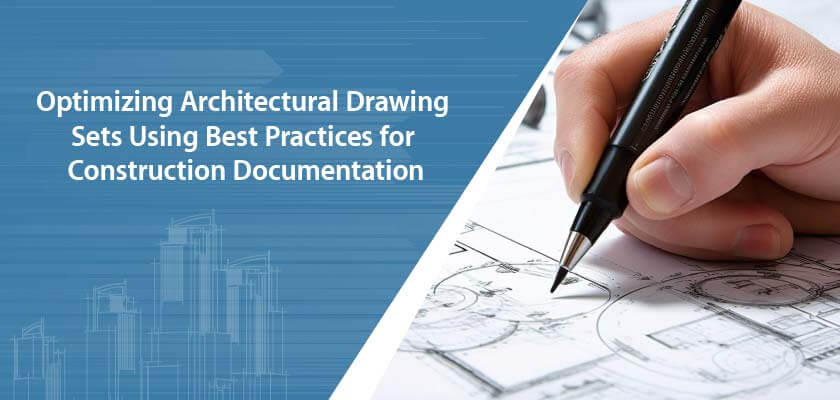
A good 3D rendering or a 3D animation is that has good detail of the product or room or a building with perfect lighting and appropriate environment that brings a “WoW! Amazing” feedback.